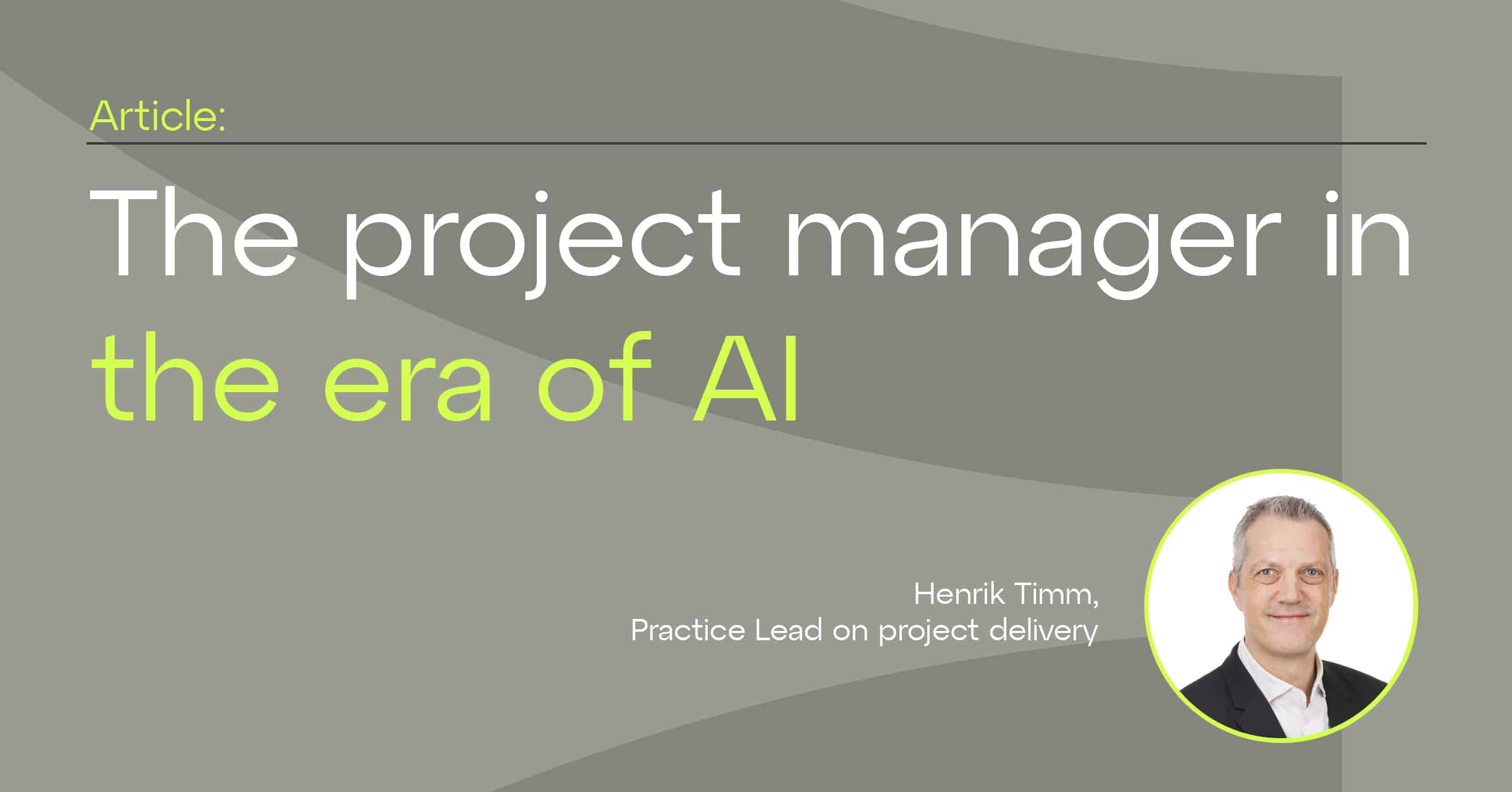Ask us how we can help you succeed.
Humans have developed the scope of what modern machines are capable of beyond recognition and, with this, the relationship we have with them. Where early machines were designed to make people’s lives easier and more efficient in some way, the complexity and impact of today’s technologies spill into the realms of ethics, accompanied by other risks that must be addressed. It is no longer a straightforward machine-user relationship.
Here we explore some of these ethical considerations and risks. Let's delve into a few examples of why AI needs humans.
Prejudice
Research carried out by the Allen Institute for AI revealed evidence of commercial AI chatbots showing racial prejudice towards speakers of African American English in a dozen versions of large language models. The research suggests that this ‘covert racism’ could, for example, influence AI decisions about an individual’s employability, among other consequences.
Read more about the research here.
Large language models, trained on vast amounts of text data, can inadvertently incorporate societal biases present in that data. This underscores the importance of diverse and carefully curated training datasets. As this technology is developed, it is essential that the people propelling it are constantly reviewing and improving it to eliminate these serious issues.
























